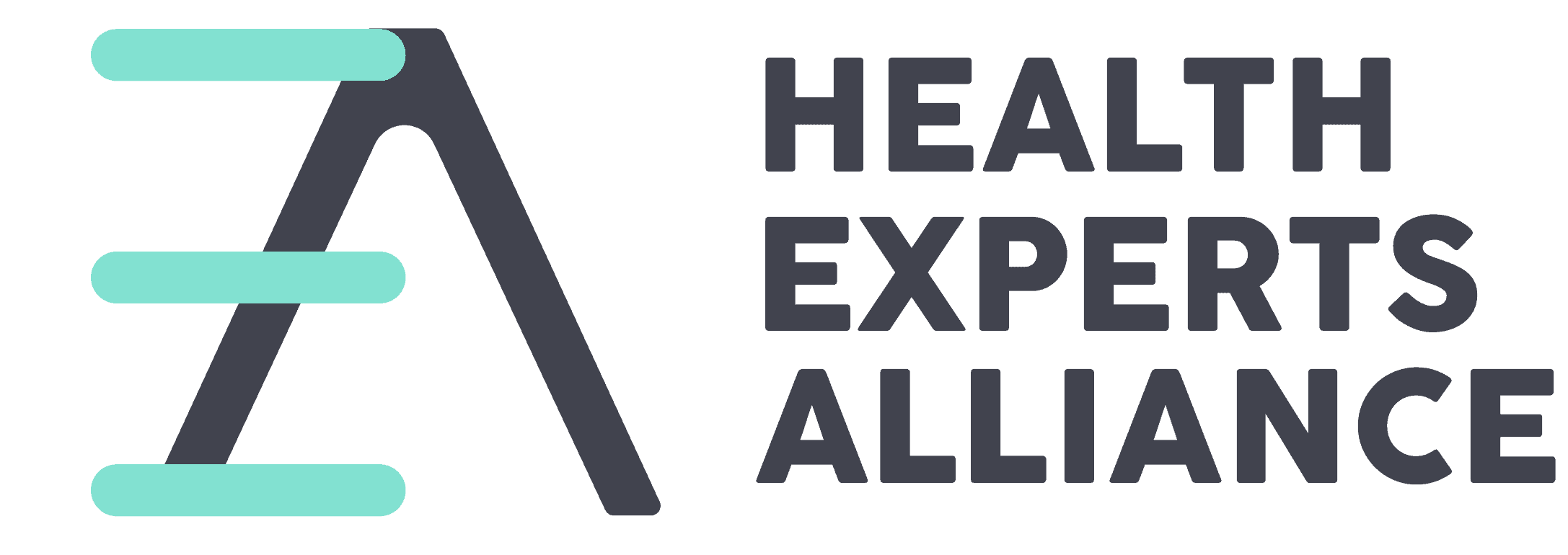
As the healthcare landscape continues to evolve with the integration of virtual services, the need to streamline administrative tasks has never been more critical. Effective handling of these responsibilities raises patient satisfaction and care results in addition to operational effectiveness. In this blog, we examine practical methods and cutting-edge tools to simplify administrative work in remote healthcare environments, supported by new research findings.
Leveraging Virtual Scribe Services
Using virtual scribes is one of the best ways to help healthcare practitioners with their administrative difficulties. Clinicians can concentrate more on patient care by using virtual scribes to help with real-time documentation during patient consultations. It has been demonstrated that using this strategy will lower the risk of burnout and raise overall job satisfaction among healthcare professionals.¹
Implementing Virtual Nursing Applications
Virtual nursing applications can take over indirect patient activities like pain management, directions for discharge, and patient education. Virtual nurses save healthcare professionals critical time by automating these repetitive chores so they may focus on providing direct patient care, which increases productivity and patient satisfaction.²
Utilizing Generative AI for Documentation
Generative AI systems are revolutionizing the way administrative tasks are handled in healthcare settings. In order to facilitate effective documentation, these systems can create clones of patient data, automate form-filling procedures, and easily interface with electronic health records (EHR). By doing this, healthcare providers spend less time on administrative duties and lower the possibility of human error.³
Want A Proven Blueprint to Add Multiple Streams of Revenue to Your Practice?
Discover how to integrate virtual, brick & mortar, and residual income strategies into a single lucrative health care business. Click Here to Watch the FREE Training
Automating Routine Tasks in Primary Care
Research has indicated that a considerable percentage of primary care administrative duties can be automated with current technologies. Healthcare personnel can concentrate more on clinical responsibilities and patient interaction by streamlining tasks like scheduling, billing, and patient communication. Implementing these technologies carefully and doing regular evaluations are necessary to make sure they assist healthcare operations.⁴
Enhancing Workflow Management
Healthcare organizations can greatly increase their productivity by implementing workflow management systems (WFMS), which automate tedious operations and handle massive amounts of clinical data. By converting unprocessed data into useful clinical information, these systems aid in improving resource allocation and decision-making.⁵
Conclusion
Optimizing administrative duties in remote healthcare environments is essential to improving practice productivity and guaranteeing patient care of the highest caliber. Healthcare practitioners can lessen administrative duties and concentrate more on patient-centered care by utilizing technology like workflow management systems, generative AI, virtual scribe services, and virtual nursing programs. These advances increase the whole healthcare experience for patients and professionals alike, in addition to increasing operational efficiency.
References
- Ansari, S., & Fatima, H. (2022). Medical Professionals’ Administrative Burdens- A Less Talked About Issue. Journal For International Medical Graduates. https://doi.org/10.56570/jimgs.v1i2.37.
- Tudorache, O., Kenemer, J., Pruiett, J., Valero, M., Hedenstrom, M., Shahriar, H., & Sneha, S. (2022). Implementing Virtual Nursing in Health Care: An evaluation of effectiveness and sustainability. 2022 IEEE International Conference on Digital Health (ICDH), 129-131. https://doi.org/10.1109/ICDH55609.2022.00028.
- Falak, P. (2023). A Survey on Healthcare Virtual Assistant Using Generative AI. International Journal for Research in Applied Science and Engineering Technology. https://doi.org/10.22214/ijraset.2023.56449.
- Willis, M., Duckworth, P., Coulter, A., Meyer, E., & Osborne, M. (2020). Qualitative and quantitative approach to assess the potential for automating administrative tasks in general practice. BMJ Open, 10. https://doi.org/10.1136/bmjopen-2019-032412.
- Dwivedi, A., Bali, R., James, A., & Naguib, R. (2001). Workflow management systems: the healthcare technology of the future?. 2001 Conference Proceedings of the 23rd Annual International Conference of the IEEE Engineering in Medicine and Biology Society, 4, 3887-3890 vol.4. https://doi.org/10.1109/IEMBS.2001.1019689.
Discover How Health Practitioners Are Quietly Doubling their Businesses By Tapping Into The Multi-Trillion Dollar Longevity Industry
(Hint: It’s Easier Than You Think)
Related Articles
Longevity as a Leadership Tool: Attracting High-Performing Patients and Building a Thought Leader Brand
LongevityIn today’s health economy, leadership isn’t measured by how many patients you see or how many certifications line your wall. It’s defined by your ability to influence, educate, and attract a future-focused audience. If you're looking to expand your impact...
Longevity Meets Lifestyle: Why Partnering with Wellness Brands Can Expand Your Reach
LongevityThe future of healthcare isn’t confined to exam rooms or virtual consultations. It’s being shaped by community, culture, and connection. And one of the smartest ways to grow your longevity-focused practice, without burning out, is by collaborating with...
The Psychology of Longevity: Why Offering Anti-Aging Services Builds Emotional Loyalty
LongevityIn today’s healthcare landscape, delivering great clinical results is only part of the equation. What really drives long-term patient relationships is emotional connection. When you introduce longevity-focused services into your practice, you're not just...
Don’t Miss a Single Blog
Sign up for our newsletter and get alerts every time a new blog is posted.




